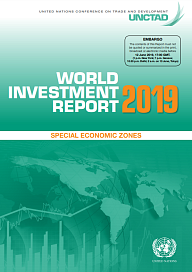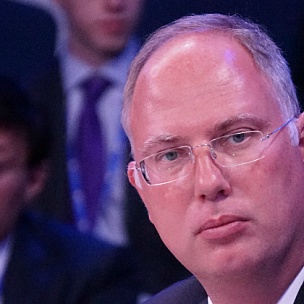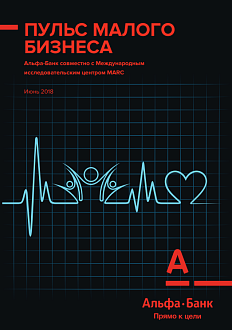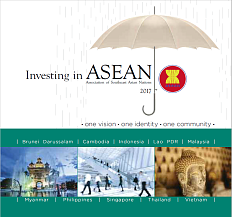The World Investment Report prepared by the United Nations Conference on Trade and Development (UNCTAD) provides analysis on the latest global and regional trends in and prospects for foreign direct investment (FDI), global value chains and the operations of multinational enterprises, with special attention to their development implications.
Global FDI flows continued their slide in 2018, falling by 13 per cent to $1.3 trillion. FDI flows to developed economies reached the lowest point since 2004, declining by 27 per cent. Flows to developing countries remained stable, rising by 2 per cent. FDI flows to economies in transition declined by 28 per cent to $34 billion. The tax-driven fall in FDI was cushioned by increased transaction activity in the second half of 2018. The long-term slide of greenfield investment in manufacturing halted in 2018, with the value of announced projects up 35 per cent from the low value in 2017. The number of state-owned multinational enterprises (MNEs) stabilized, and their acquisitions abroad slowed down. MNEs in the global top 100 account for more than one third of business-funded R&D worldwide.
New national investment policy measures show a more critical stance towards foreign investment. In 2018, some 55 economies introduced at least 112 measures affecting foreign investment. Screening mechanisms for foreign investment are gaining importance. Since 2011, at least 11 countries have introduced new screening frameworks and at least 41 amendments have been made to existing regimes. Nevertheless, attracting investment remains a priority. International investment policymaking is in a dynamic phase, with far-reaching implications. In 2018, countries signed 40 international investment agreements. Capital market policies and instruments designed to promote the integration of sustainability into business and investment practices are transitioning from niche to mainstream.
The report focuses on special economic zones (SEZs), examining different approaches based on an exhaustive inventory of zones around the world, a comparison of the relevant laws, regulations and governance frameworks, and an assessment of their performances in the context of sustainable development challenges and the new industrial revolution. SEZs are widely used in most developing and many developed economies. There are nearly 5,400 zones across 147 economies today, up from about 4,000 five years ago, and more than 500 new SEZs are in the pipeline. SEZs come in many types. Basic free zones focused on facilitating trade logistics are most common in developed countries. Developing economies tend to employ integrated zones aimed at industrial development, which can be multi-industry, specialized or focused on developing innovation capabilities. Many new types of SEZs and innovative zone development programs are emerging. On the negative side, the authors of the report note that only a few countries regularly assess the performance and economic impact of zones. In fact, the performance of many zones remains below expectations.






